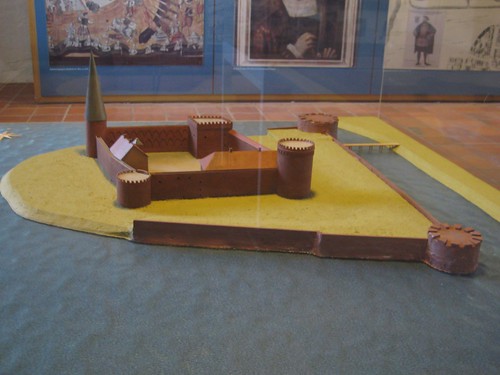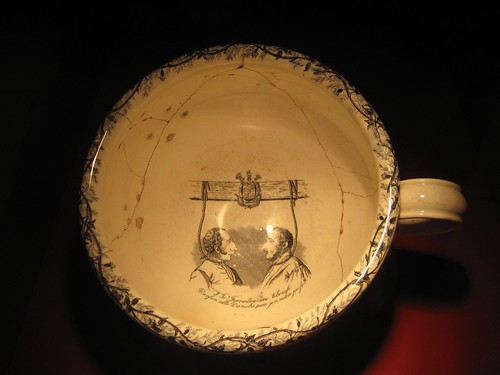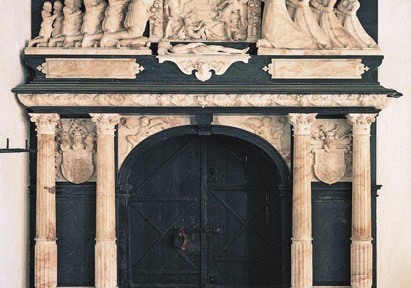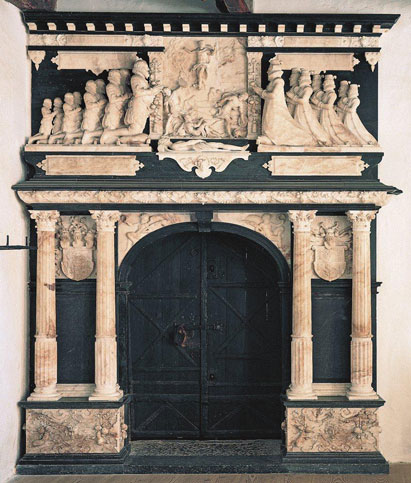Sonderborg Havn (Harbour) is a major feature of the town of Sonderborg. It comes alive especially in the summer months when the weather entices the people in town to enjoy the relaxed atmosphere along the water. If you are looking for something more than some relaxation, this is a bit of what you can see along the water.
Sonderborg Castle
Sonderborg castle is the dominating feature of the south end of Sonderborg Harbour. It has been around since the 12th, protecting Jutland from attacks from the south. A visit to the castle is a good way of learning a bit more about the history of the area (though not all displays are translated into English). (#2/99 of Things to do in Sonderborg)
Fru Jensen
Every afternoon you can buy fish straight off the Fru Jensen fishing boat moored besides Sonderborg slot. (#5/99 of Things to do in Sonderborg).
The Legend of King Christian’s Table
The legend goes that while Christian the 2nd was imprisoned in the castle, he continuously walked round a table dragging a finger around its edge. Over time, a groove to form in the table top as a result of the constant rubbing along the edge. Although the story is simply a legend, you can see a statue called “The Myth” representing this along the harbour.
Ringrider Track
The ringrider tradition is a popular tradition in southern Jutland. You can see an old ringrider track at the side of Sonderborg castle.
Ringrider Monument
With Sonderborg having the biggest ringrider festival in Denmark, it is apt that a monument to this tradition is placed in such a central location.
Old Castle Wall
If you looked at the models of the castle in the first display cases in Sonderborg Castle you may have noticed that the castle was originally on an island, surrounded by thick walls with towers at the corners. You can still see remnants of a tower here, as well as bits and pieces of the wall on the other side.
Der Butt im Griff
The “Flounder in control” is a sculpture by 1999 Nobel Prize recipient in Literature, Gunter Grass. This 2.3m high bronze sculpture was opened in 2004. The same sculpture can also be seen in Lubeck and Dusseldorf.
Restaurants
There are 5 restaurants just across from the harbour where you can savour a wide variety of food, from Argentinian and Asian to Danish, fish and beef.
Ice-Cream Kiosk
Having walked this far around the harbour you deserve a treat. And what better place to get it than at the ice-cream kiosk just on the water front. If ice-cream is not your thing you can also get a beer and relax on the benches and tables right next to the kiosk.
Train Tracks
Nowadays, the train stops at Alsion, on the Jutland side of Sonderborg. However, the train used to cross the King Christian bridge from Jutland onto Als. Evidence can still be seen close to the harbour, where there are still remnants of the train tracks left embedded in the road.





